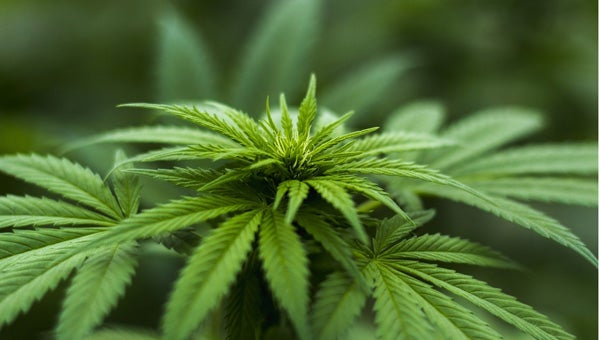Farm animals getting fat off local craft beer craze
Published 10:04 am Sunday, July 8, 2018
NEW ORLEANS (AP) — One recent, blistering afternoon, Grant Estrade dumped the contents of the five-gallon bucket into the ankle high grass. He was kind enough to put it in the shade.
Not that his chickens – hundreds of them, seemingly emerging from everywhere – likely would have cared. They love the sticky, pungent, sawdust-like substance generously spilling from the bucket.
This, after all, was happy hour.
The scene repeats itself several times each week at Estrade’s farm in rural Washington Parish. He fills buckets with spent grain from a couple of area breweries and heads out in the fields. The damp, sticky grain, which only days or weeks before had been doing its thing producing the likes of Batture Blond Ale or West Coast IPA, is part of the regular diet for his chickens and pigs.
“They love it,” he said, careful to avoid the clucking birds surrounding him as he spread the musty-smelling grain across the grass. “The chickens, they actually let out a call. You can hear it.”
Across south Louisiana farmers and brewers take part in a time-honored process in which a byproduct of the brewing process becomes a staple of the livestock-feeding process.
Estrade, who owns Local Cooling Farms in Washington Parish and Laughing Buddha Nursery in Metairie, takes grain from Second Line Brewing Co. and Brieux Carre, both in New Orleans.
“We’re happy for him to take it,” said Mark Logan, a founder of Second Line Brewing. “It really works for both of us.”
“It’s not hard to find someone to take it. But he’s using it in a really responsible manner, which is really good.”
Logan said there are other uses for the spent grain besides the farm. Some places use it to make dog biscuits. Other places use it to make people biscuits.
“A lot of times you’ll see bakeries and brewers partnering up,” Logan said.
The farm animals, Estrade said, aren’t unlike humans where diet is concerned.
“They want the ‘new,'” he said. “I think they like variety.”
And their beer tastes run the gamut, apparently.
“Sometimes they (brewers) make fruit beers and they really like that,” Estrade said of the chickens.
“One time there were some bits of coconut. They went nuts!”
In the beer brewing process, grains are soaked in hot water, which releases sugars that later ferment. The “spent” grain is then separated and discarded.
With its protein and fiber, farmers love it as a dietary supplement for their livestock. But the spent grain is also used by cooks and bakers — it wouldn’t be uncommon in some places to enjoy a pint and meal made from the same grain.
At Gnarly Barley in Hammond, co-owner Zac Caramonti said three area cattle farmers make regular pickups of the used grain. “It’s all theirs as long as they can haul it away,” he said.
Jacob Landy, owner and president of Urban South Brewery in New Orleans, said used grain heading from craft breweries to farms is the industry norm. “We get rid of the grain before it starts to smell and they get free feed.”
Minos Scarabin picks up the spent grain from Urban South twice a week as feed for the cattle he raises in Plaquemines Parish. It’s a great protein source, he says, that the cattle also enjoy.
“They love it,” Scarabin said. “They come running.”
While it’s hardly unique for the spent grain to make its way to farms or other places, the local brewers say it’s nice that one of their byproducts can find new life.
“It’s another way to reduce your carbon footprint,” David Blossman, president of Abita Brewing Co., said during a tour of a recent walk through the brewery in Abita Springs. Blossman showed the huge silo on site that stores the spent grain and noted that the brewery worked with the LSU AgCenter to determine the best use for the spent grain, which eventually makes it way to a St. Tammany Parish cattle farm.
“I think all the (craft) breweries are interested in being the best neighhors they can be,” he said.
And for that, Estrade’s chickens are grateful. As is Estrade.
“I get a kick watching them,” he said. “Yea, you can tell they like it.”






